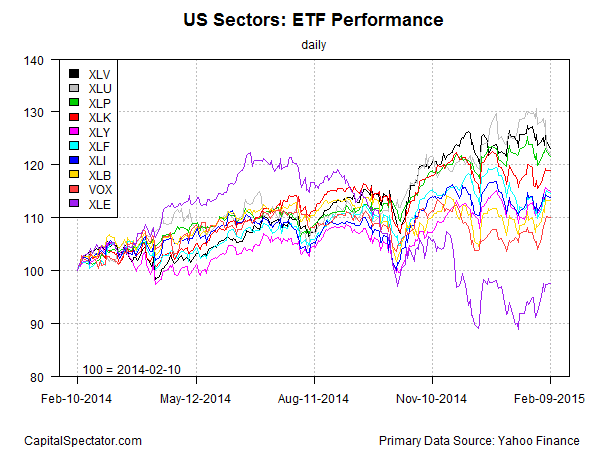Energy Equity ETFs 4 Things To Consider
Post on: 16 Март, 2015 No Comment

Energy Equity ETFs: 4 Things To Consider
Hal Trust (EU:HAL)
Graphique Historique de l’Action
2 ans. De Mar 2013 Mar 2015
Exchange-traded funds enable investors to reach into nearly every corner of the market with a single convenient and diversified U.S.-traded security. Energy equities represent one of these corners of the market, where it’s important to remain diversified given the volatility present in many of the underlying commodities moving the market. Fortunately, there are many ETFs that are uniquely suited to help investors build exposure into their portfolios
.What’s The Appeal?
The energy sector represents an extremely important portion of the U.S. economy, particularly as the U.S. is the second largest energy consumer in the world behind China. For investors, the boom in hydraulic fracturing has also brought a lot of attention to the industry, with the potential for the U.S. to become energy independent by 2030 and export oil abroad by the year 2035, according to the U.S. Energy Information Administration (“EIA”).
Investors seeking exposure to this sector may find that ETFs offer key advantages over purchasing equities individually. In addition to the benefits of diversification, ETFs provide investors with greater liquidity than may be possible in many smaller energy equities, including many American Depository Receipts (“ADRs”) traded on U.S. exchanges. These ETFs also target a broad array of equities, making it possible to invest in many corners of the energy market
.Watch Your Big Oil Weight
The problem with many energy ETFs is that they are weighted based on market capitalization, which means that large oil companies often account for an oversized portion of overall holdings. For example, the Energy Select Sector SPDR (XLE, A ) holds roughly 17% of its portfolio in Exxon Mobil (XOM) and 15% of its portfolio in Chevron (CVX). These oversized holdings add company-specific risk and overweight exposure to big oil to an individual’s overall portfolio.
Investors looking to avoid this type of exposure can purchase ETFs that utilize different stock selection methodologies. For example, the First Trust Energy AlphaDEX Fund ETF (FXN, B+ ) selects energy stocks from the Russell 1000 Index based on growth factors, like stock price appreciation, price-to-sales ratios, and one-year sales growth. While these may not be weighted according to market capitalization, they may be far more diversified than other options [see 5 Important ETF Lessons In Pictures].
Here’s a comparison between some various energy ETF options (data as of 10/30/13):














